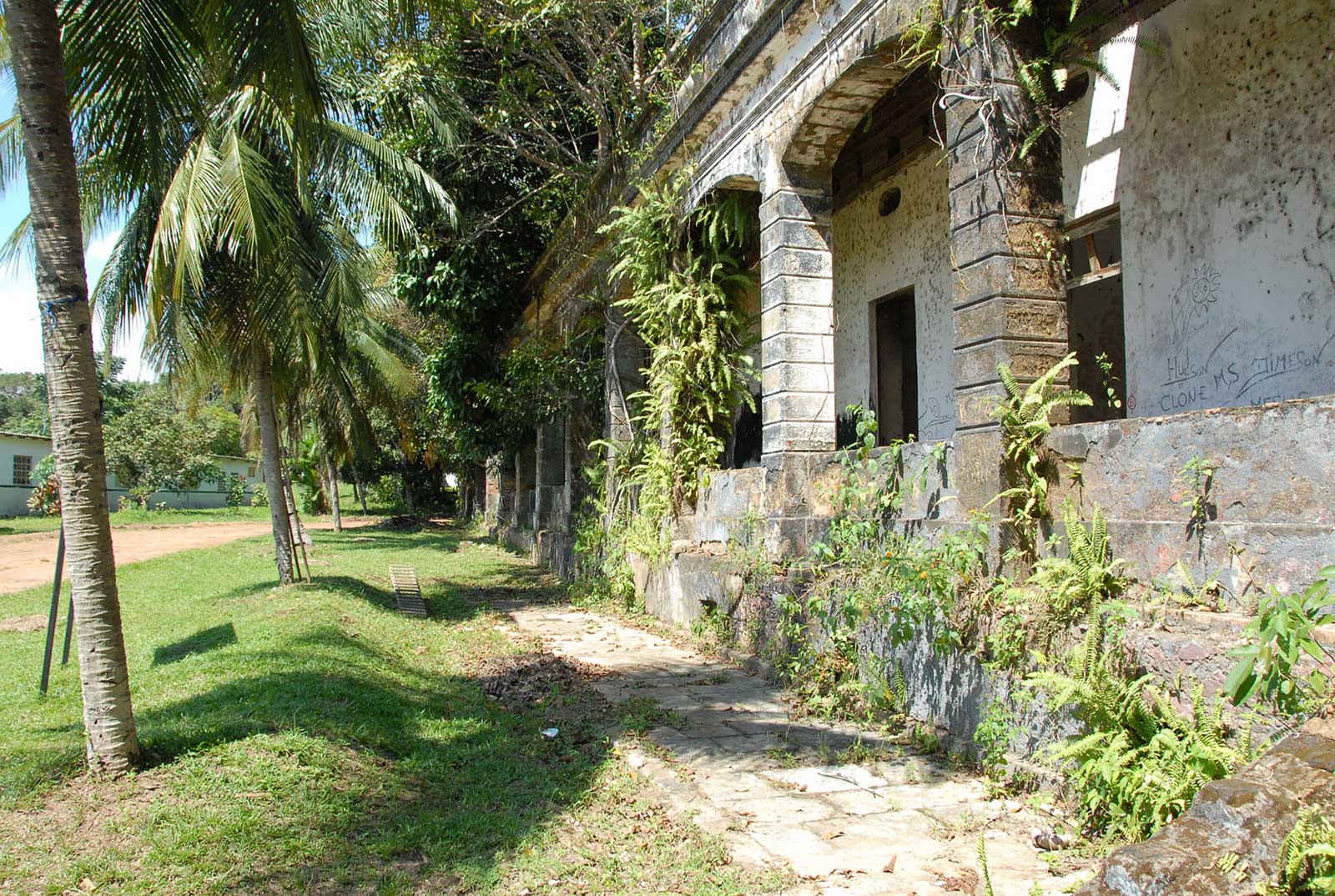-

Introduction to Web page of The Chronicl...
-

Ikoli Harcourt Whyte’s songs to be publi...
-

Museum will open in Portugal’s former na...
-

Window on a Closed World: New portal sit...
-

Voices from Nigeria
-

Descendants of the Wind
-

Jiao's story
-

Uncle Lai
-

Mr. He Zhuhong
-

Mr. Zhang Songbo
-

Children of Sungai Buloh
-

Aspects of the Collection
-

Introduction to Web page of The Chronicle of Indian Leprosy
21/Oct/2024
-

Ikoli Harcourt Whyte’s songs to be published in dual notation with lyrics in English translation
04/Nov/2022
-

Museum will open in Portugal’s former national leprosarium
04/Nov/2022
-

Window on a Closed World: New portal site makes Fontilles accessible to researchers as never before.
04/Nov/2022
Database
Browse Map:
Overview:
- World
- Africa
- The Americas
- Eastern Mediterranean
- Europe
- South-East Asia
- Western Pacific





